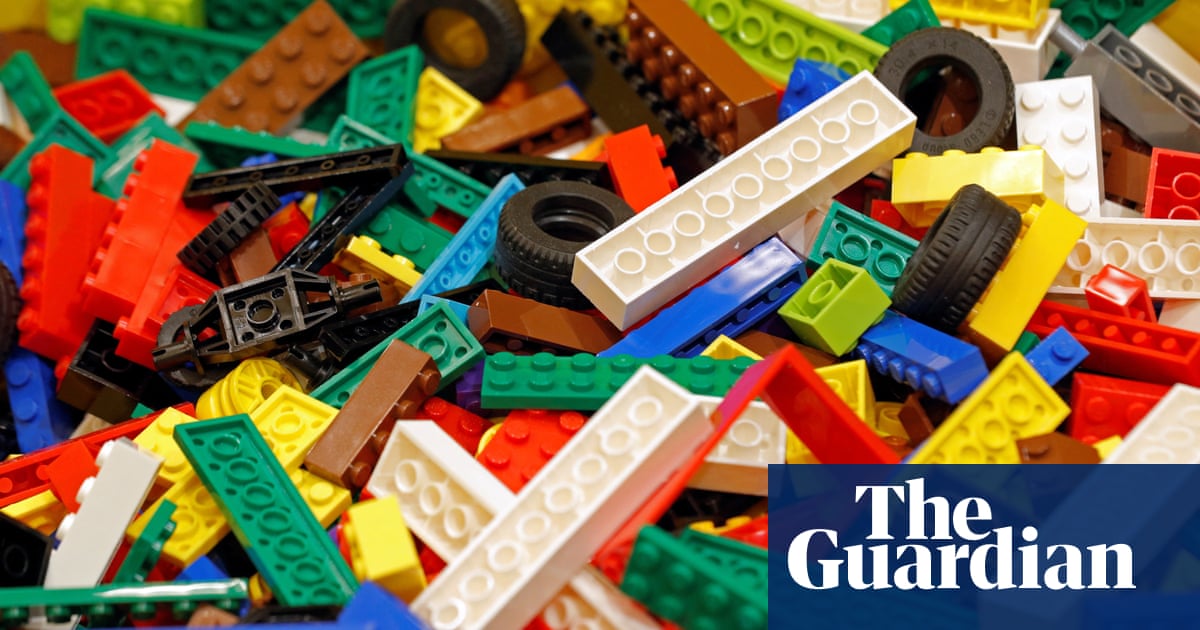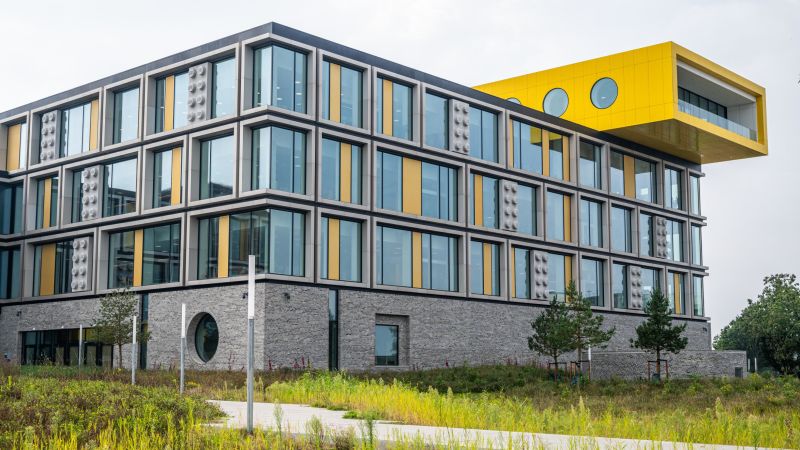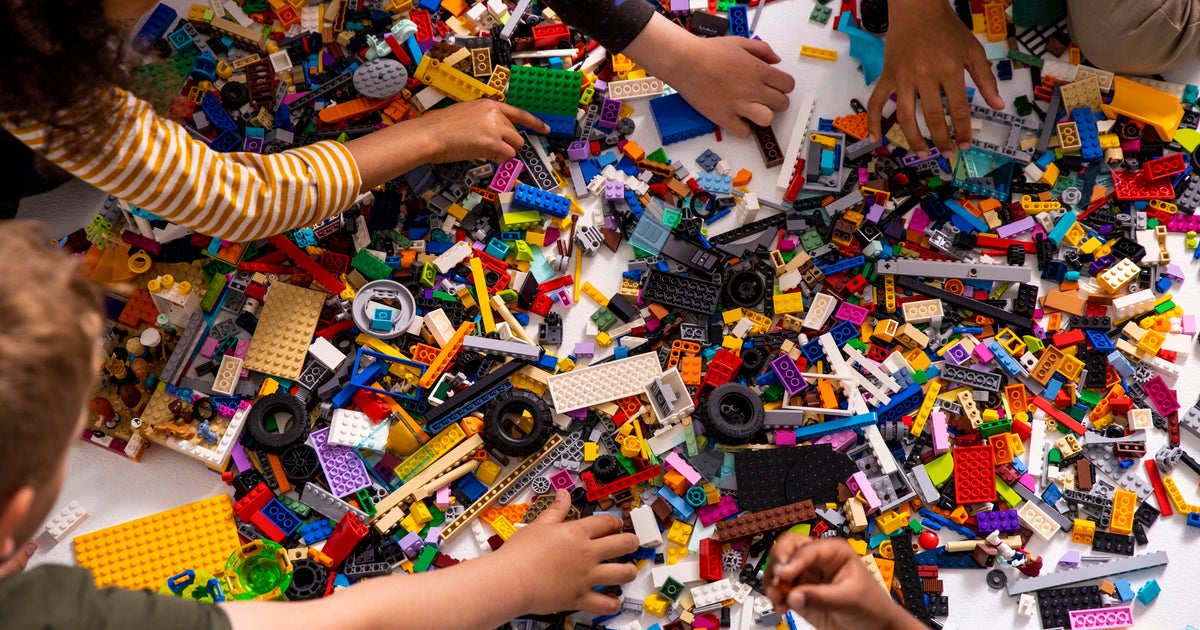Lego, the notable toy maker, has reported its decision to leave its ambitious plans to produce building bricks from recycled plastic bottles. The move comes as a disaster for the organization’s supportability efforts and sends a clear message about the difficulties of changing to more eco-friendly materials.

Also Read: Pakistan: 40% People Fall Below Poverty Line, World Bank Report
Lego, in the same way as other different organizations, has been striving to align its business practices with environmentally responsible principles.
The organization’s obligation to sustainability was exemplified in its pledge to use only sustainable materials in its products by the year 2032. This ambitious goal was accompanied by promises to reduce carbon emissions by 37% by 2032 compared to 2019 levels.
In 2021, Lego revealed its “Bottles to Brick” drive, which planned to make building blocks from reused polyethylene terephthalate (RPET), a kind of plastic common found in water and soft drink bottles.
The objective was clear: decrease the dependence on oil-based plastics, especially acrylonitrile butadiene styrene (ABS),which accounted for around 80% of Lego’s plastic materials.
However, the journey to making sustainable bricks proved to be more complex than anticipated. Lego conducted extensive testing, spanning over two years, to assess the viability of RPET as a suitable replacement for ABS.
Also Read: China: At Least 16 Killed in Shanjiaoshu Coal Mine Fire
The critical disclosure was that creating blocks from RPET would bring about higher carbon emissions over the product’s lifetime.
This counterintuitive outcome stemmed from the need for additional steps in the production process, consuming more energy and ultimately contributing to greater planet-heating pollution.
RPET, while eco-friendly in theory, ended up being less solid and safe contrasted with ABS. Lego’s reputation for producing high-quality, long-lasting toys was at risk, as RPET lacked the “clutch power” necessary for bricks to securely interlock and easily separate.
Lego’s CEO, Niels Christiansen, candidly admitted that the company had initially hoped to find a “magic material” that could seamlessly replace ABS while meeting sustainability goals. Despite testing hundreds of materials, this elusive substance remained elusive.
Despite these difficulties, it is vital for note that Lego isn’t leaving its general obligation to sustainability. The company remains steadfast in its determination to transition to more eco-friendly materials and reduce carbon emissions significantly by 2032.
Also Read: 40,000 Protest in Spain Against Amnesty for Catalan Separatists
Lego’s sustainability chief, Tim Brooks, emphasized that the focus would now shift towards incorporating climate-friendly materials into the existing ABS production process.
Lego is actively exploring a range of alternative sustainable materials to achieve its sustainability goals. RPET, while not the solution in this instance, is just one of many options being evaluated.
The company’s dedication to innovation in this regard is commendable, as it demonstrates a genuine commitment to making a positive environmental impact.
Lego’s journey towards sustainability has not been without its challenges. The company recently reported a significant drop in profits, citing high-cost inflation for input materials.
This financial setback underscores the delicate balance that many companies must strike between sustainability and profitability. However, Lego’s CEO affirmed that the company would not compromise its sustainability targets or pass on associated costs to customers.
Also Read: NASA’s OSIRIS-REx Asteroid Sample Lands Safely in Utah Desert




